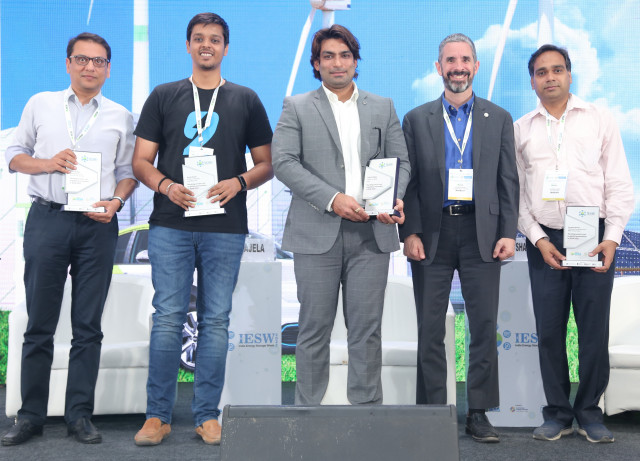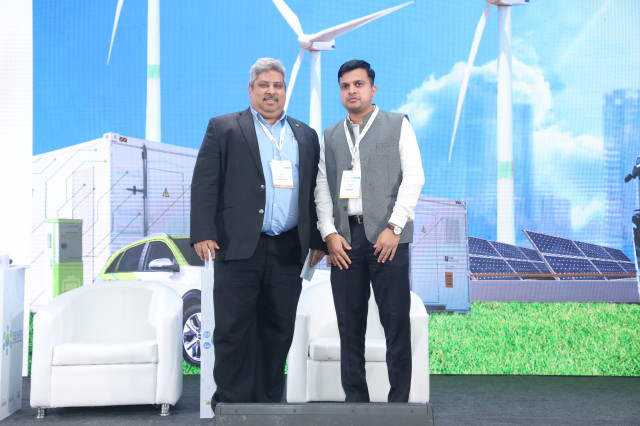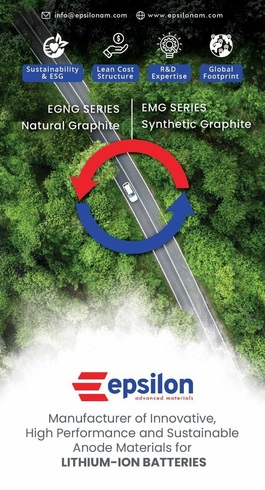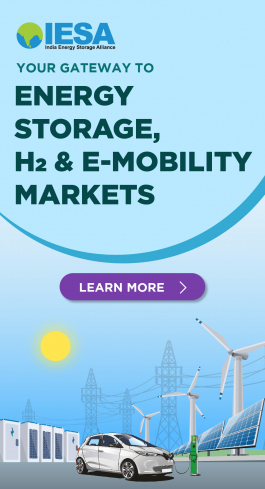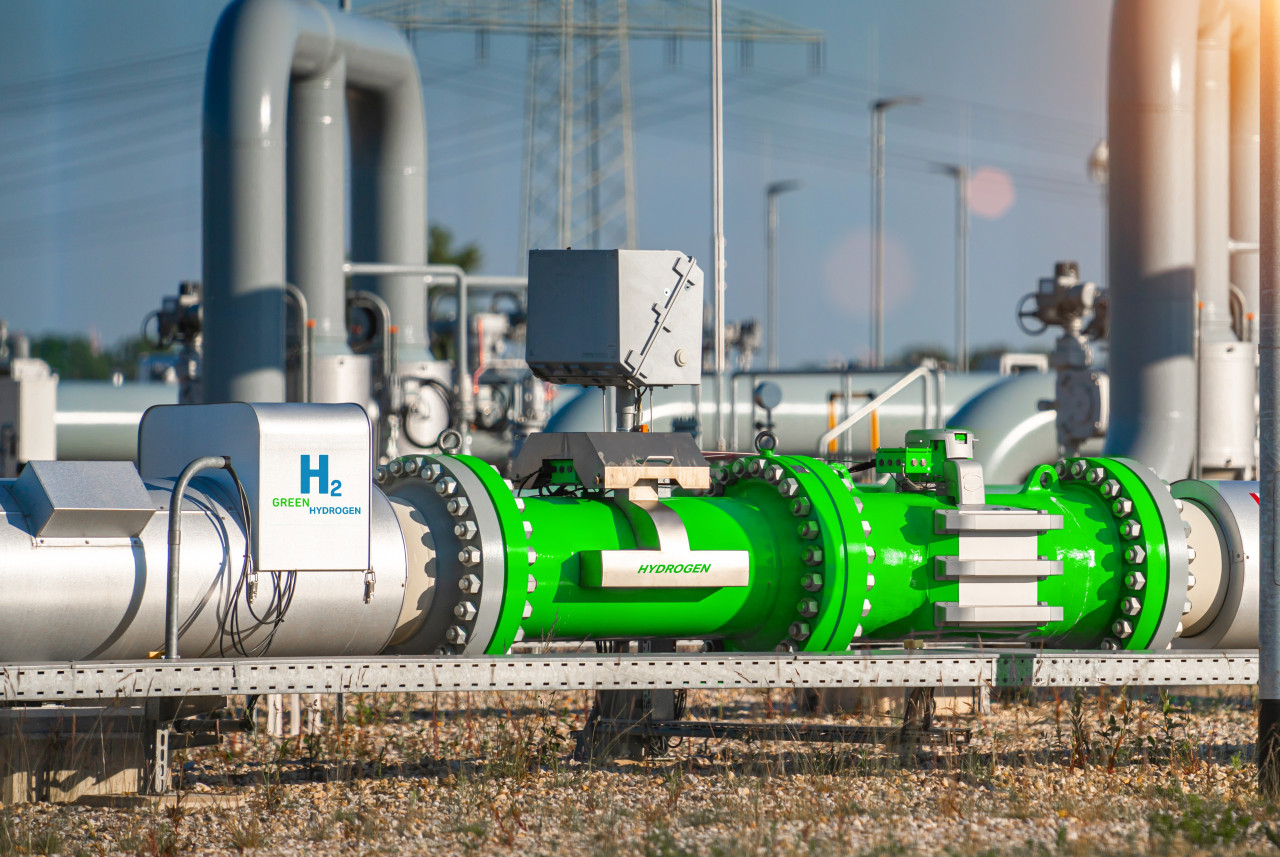IESW 2022: Charging infra and battery swapping for EVs draw attention
The classic "chicken or egg" conundrum that the EV industry faces with regard to EV adoption and charging infrastructure needs no introduction. This was indeed the focal point of discussions at the conference sessions of India Energy Storage Week 2022, focusing on both private and commercial use-case scenarios.
Ashok Takur, Editor-in-chief of ETN, in his opening remarks, said that this "chicken or egg" problem is being talked about for so long, but strategic and targeted action can overcome this challenge. "We have to push for charging infrastructure on a massive scale at all levels – home and public fast charging – to remove the psychological barrier in the minds of the consumers on range anxiety and lack of charging stations", he opined.
He pointed out the best practices of the Delhi government in incentivizing end users to set up home charging points in their premises, which is working out in a big way in unblocking the infrastructure crisis faced by electric vehicles. "This model can be easily emulated in other states to kick-start consumer adoption is mass scale", he added.
Devanshu Sharma of BSES Yamuna Power agreed that EV markets require robust charging infrastructure to speed up their transition to e-mobility. "The e-mobility in India requires certain critical linkages among various players and platforms of EV charging, so as to create a vibrant ecosystem that can support the customers." Working in silos is no more an option for charging platform, power DISCOMs, and other stakeholders in the charging infra segment, he added.
The need for interoperability of charging systems and platforms is an important taking point for the industry, but there exist significant challenges in execution in terms of technical, legal, and commercial issues, said Priyank Agarwal, VP – Strategy and BD, Exicom Power Solutions. Log9 Materials COO and co-founder Kartik Hajela, on the other hand, called for unification of payments and aggregation of charging networks for end users to leverage the existing infrastructure.
"To address the dearth of charging infrastructure in India, we have to consider charging rate of batteries as a key factor. It entirely depends on the cell chemistry and pack technology", Hajela said, while noting that batteries need to have quick charging capabilities to overcome the charging anxiety, especially for commercial applications. He also stressed on the importance of technology selection and thermal management of battery packs to enable fast charging in NMC and LFP chemistries.
On battery swapping, Priyank Agarwal outlined high-investments, theft and battery abuse vulnerabilities, and limited availability of vehicles with battery-swapping features as major challenges in India. "The upcoming policy on battery swapping should aims to accelerate a level playing field for the service providers in this regard, along with the extension of FAME II subsidies for EVs sold without batteries", he said.
Kartik Hajela agreed that the policy should promote 'BaaS' model, where in energy services can be charged by the service providers, making the whole process easy and affordable. Devanshu stressed on considering battery as a moving resource and demand compatible.
Speaking on advancing the needs of EV charging infrastructure in the country, N Mohan, Deputy GM (Head EV charging infra) at Convergence Energy Services Limited (CESL), said that efforts are on to make changes wherever possible to help ease constrictions at different levels. "This includes policy changes at the levels of subsidy and incentives, implementation and deployment, DISCOM or power sector level, and at the state level", he noted.
To improve interoperability and roaming facility of EV charging stations, he suggested web applications to enable CPOs and eMPSs to host CESL's charging stations on their system, and standardization of self-service and Open Charger Point Interface (OPCI) 2.2. "We have to boost user demand and improve charger utilization and aggregate charger supply, and promote payment reconciliation settlement logics based on revenue sharing arrangement with EV ecosystem partners", he added.
The sessions also saw some focused discussion charging standards and fire safety of EVs. Anand Deshpande, Senior Deputy Director and Head (Auto Electronics) at Automotive Research Association of India (ARAI) spoke on various published standards for device and charging protocols, EV-to-Grid communication interface, and battery swapping solutions. "The light EV battery swap standard that is on the making will cover three important aspects, including battery swap system and pack dimensions, connection system, and swap communication with attention to interoperability", he said.
On recent fire incidents, he assured that regulatory standards on fire safety of EVs and their batteries are stringent on par with international standards. "But then, in terms of EV development, regulatory standards are bare minimum. The weightage should be more on the initial product development at the hands of OEMs and suppliers. We should pay more attention to quality inspection, testing and validation processes at all levels to address every vulnerabilities", he said, while observing that the E2Ws makers would have learned much from recent incidents in this regard for the greater good.


